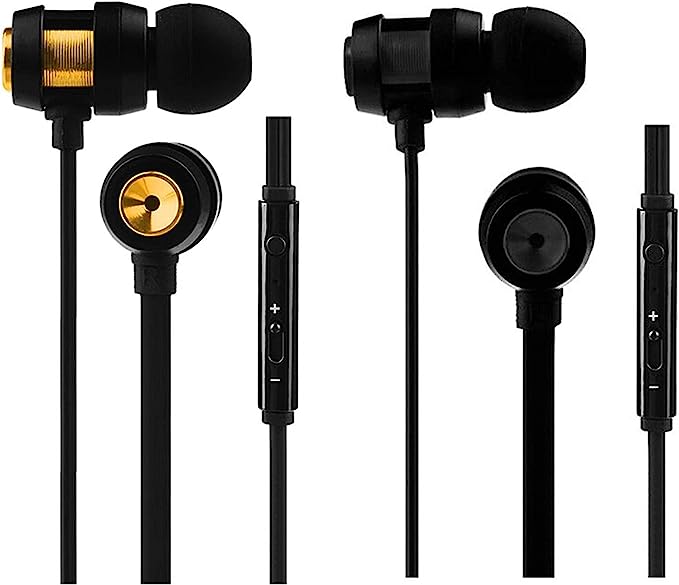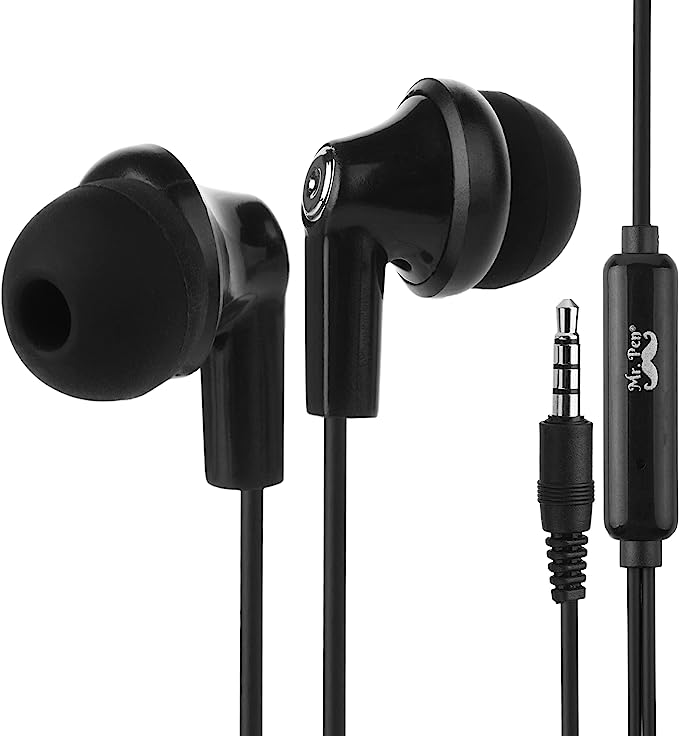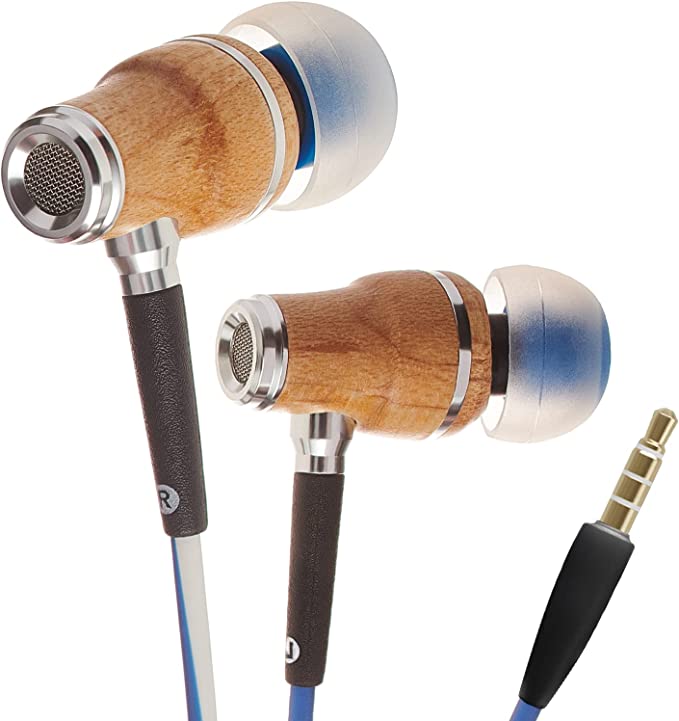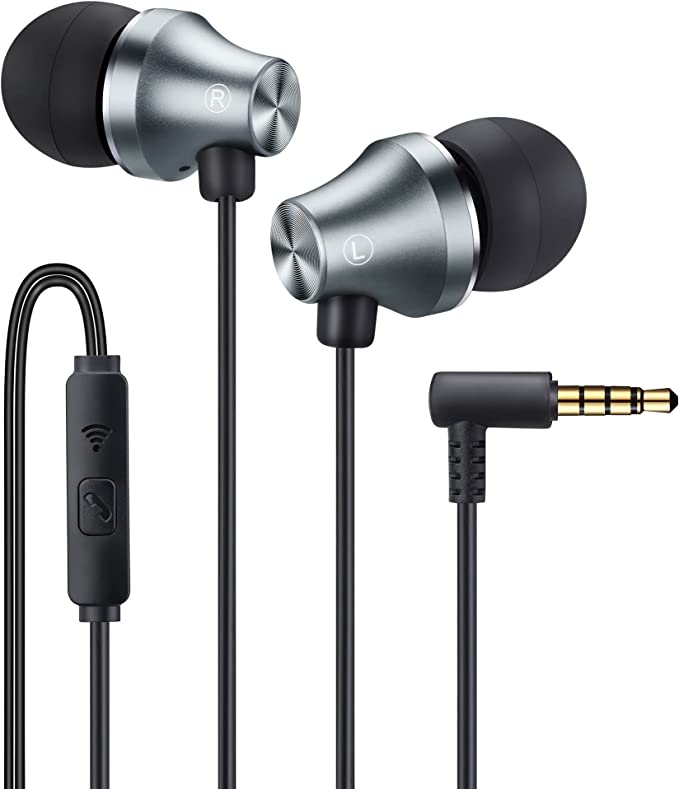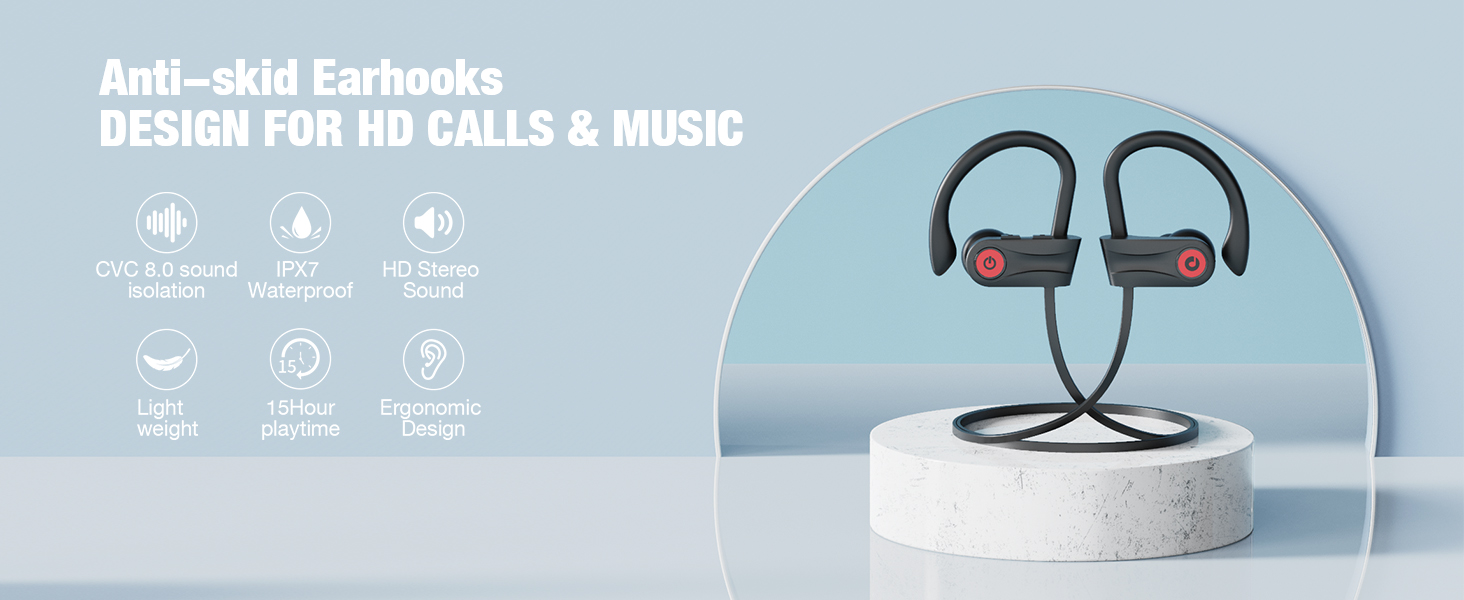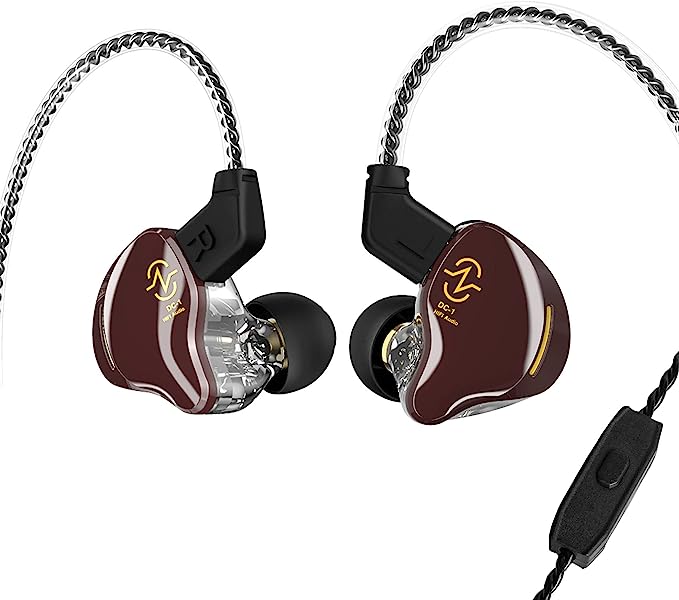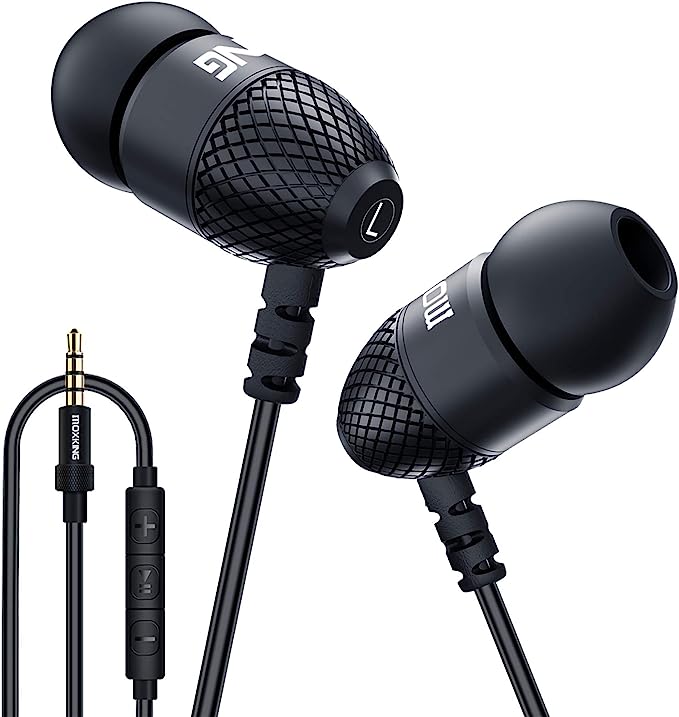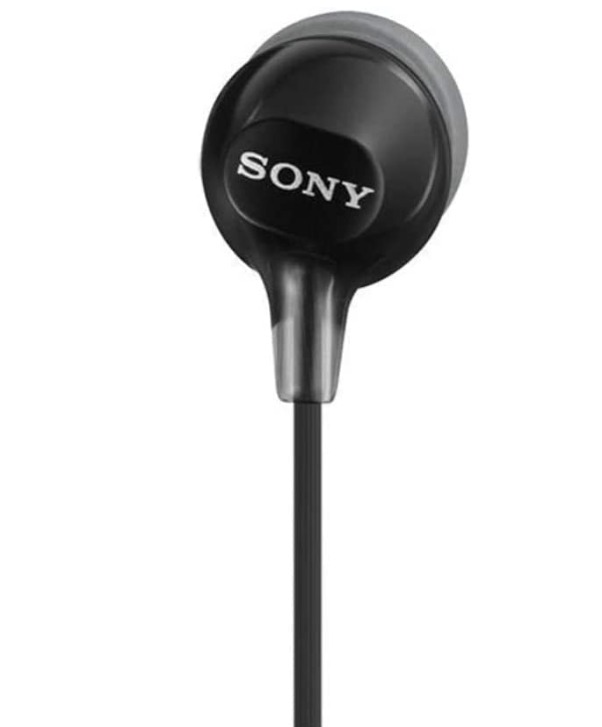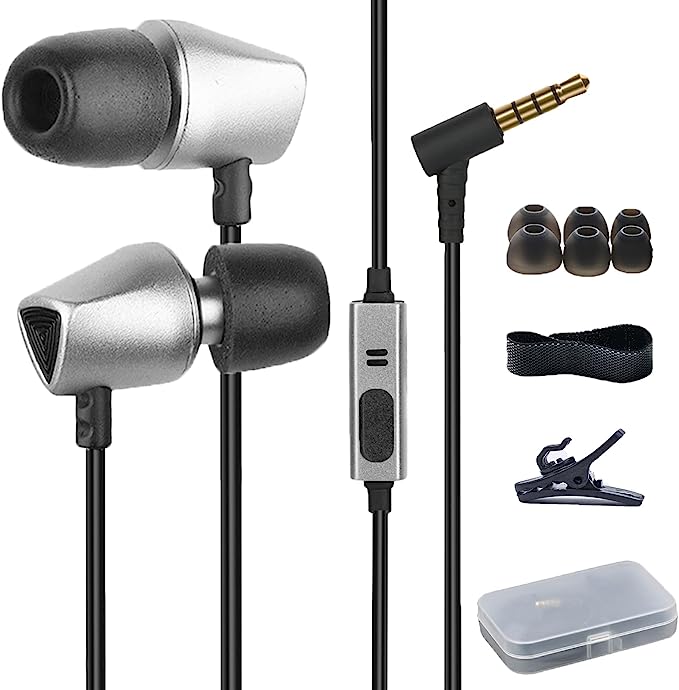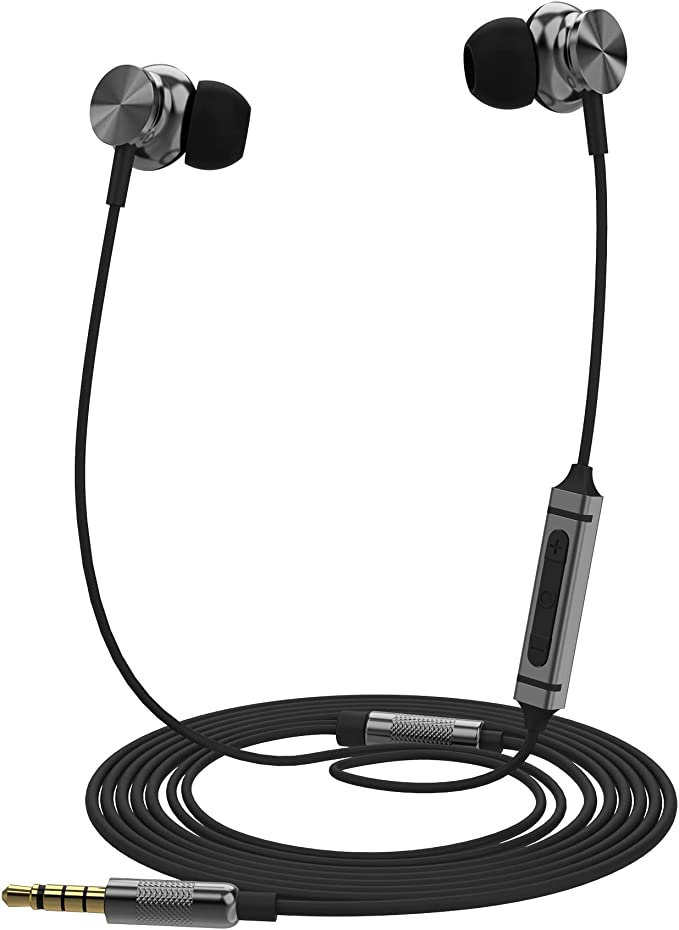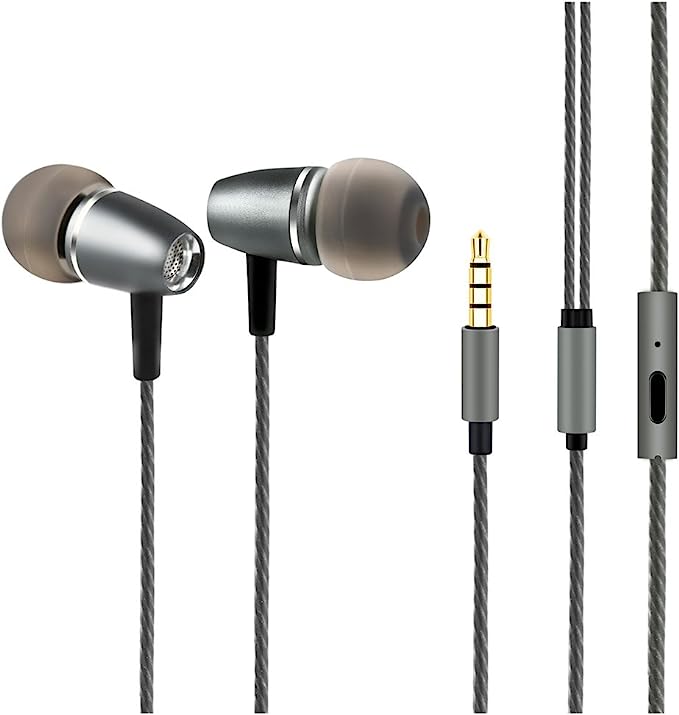The Analog Protocol: Why Wired Audio Physics Outlives Bluetooth
Update on Dec. 6, 2025, 6:24 p.m.
In an era dominated by wireless transmission protocols and battery-dependent audio, the persistence of the 3.5mm analog connector represents a triumph of fundamental physics over convenience. While Bluetooth codecs struggle with compression algorithms and radio frequency interference, a direct copper connection operates on a simpler, more robust principle: the uninterrupted flow of alternating current. The jechan K18-x Wired Earbuds serve as a prime specimen to examine this surviving technology. Priced at the extreme lower end of the consumer electronics spectrum, this device strips away the digital-to-analog converters (DACs) and lithium-ion batteries found in wireless counterparts, relying instead on the raw efficiency of the electro-acoustic transducer.

The Velocity of Copper vs. The Latency of Codecs
The primary engineering argument for retaining a wired connection involves the absolute speed of signal propagation. When an audio signal travels through the copper cabling of the K18-x, it moves as an electromagnetic wave guided by the conductor, propagating at a significant fraction of the speed of light. For the end-user, this translates to effectively zero latency. In contrast, wireless earbuds must digitize the audio, packetize it, transmit it over 2.4 GHz, receive it, and decode it back into analog. This process introduces latency ranging from 30ms to over 200ms. For a runner listening to a podcast, this delay is negligible. However, for a mobile gamer playing a first-person shooter, that 100ms delay causes a disconnect between the visual muzzle flash and the auditory report, breaking immersion and reaction time. The K18-x, by virtue of its wired architecture, inherently eliminates this bottleneck without requiring complex low-latency codecs like aptX LL.
Dynamic Drivers and Air Displacement
Inside the housing of the jechan K18-x lies the heart of the system: the dynamic driver. The manufacturer describes this as a “large magnetic dual-diaphragm speaker.” In forensic engineering terms, this likely refers to a moving coil driver designed with a composite diaphragm material intended to balance rigidity and mass. The physics here is straightforward: a permanent magnet creates a static magnetic field. When the audio signal (current) passes through the voice coil, it generates a varying magnetic field that interacts with the permanent magnet, forcing the coil and the attached diaphragm to move back and forth.
This movement creates longitudinal pressure waves in the air—sound. The specific mention of “high-fidelity bass” in the spec sheet usually correlates to the driver’s diameter and the excursion capabilities of the diaphragm. To reproduce low-frequency wavelengths (bass), the driver must move a significant volume of air. In budget-friendly audio engineering, tuning often favors the lower frequencies (20Hz - 250Hz) to compensate for the lack of sub-bass extension typically lost in non-sealed environments. While audiophiles might critique the resolution of such drivers compared to balanced armatures, the dynamic driver remains the most efficient method for generating the visceral impact of bass in a small form factor.
Impedance Matching and Efficiency
The technical specifications list the K18-x with an impedance of 16 Ohms. This value is critical for understanding the device’s compatibility and power efficiency. Impedance, in this context, represents the opposition the voice coil presents to the flow of alternating current. A rating of 16 Ohms places these earbuds firmly in the “low impedance” category. From an electrical engineering standpoint, this means they require very little voltage to achieve a high sound pressure level (SPL). This is a deliberate design choice for mobile usage. Smartphones and console controllers have relatively weak internal amplifiers powered by limited batteries. A high-impedance headphone (e.g., 300 Ohms) would sound whisper-quiet or distorted when plugged into a phone. The 16 Ohm load of the K18-x allows it to be driven to dangerously high volumes by even the weakest source devices, maximizing the utility of the available power rail.

The Mechanics of the Connector Interface
A subtle but significant failure point in portable audio is the termination plug. The jechan K18-x utilizes a 3.5mm TRRS (Tip-Ring-Ring-Sleeve) connector to support stereo audio and the microphone channel. Notably, the plug features a 120-degree angle design. This is not merely an aesthetic choice; it is a mechanical strain relief strategy. A straight plug (180 degrees) acts as a long lever arm when a phone is in a pocket, multiplying the torque applied to both the cable termination and the phone’s internal jack. A 90-degree plug reduces this but can be awkward to grip. The 120-degree angle attempts to find a geometric optimization, guiding the cable away from the device while reducing the lever arm’s length. This geometry mitigates the shear forces that typically lead to internal wire fatigue—the primary cause of the “one earbud dying” phenomenon reported in user reviews. However, the longevity of this connection ultimately depends on the quality of the soldering and the strain relief rubber used at the junction.
Integration of Analog User Interface
The inclusion of an in-line microphone and volume control relies on resistive networks. Unlike digital controls that send data packets, the volume slider on analog headsets typically uses a variable resistor (potentiometer) to physically attenuate the signal voltage before it reaches the driver. This method is universally compatible as it does not rely on software handshakes between the headset and the phone’s operating system. The microphone, likely an electret condenser type, requires a small bias voltage provided by the source device through the microphone ring of the TRRS connector. This analog simplicity ensures that the K18-x functions across a vast array of legacy and modern hardware, from retro Walkmans to the latest gaming consoles, provided a 3.5mm jack (or dongle) is present.
In summary, the jechan K18-x represents the endurance of analog technology. By leveraging the speed of copper transmission, the efficiency of low-impedance dynamic drivers, and mechanical strain relief strategies, it provides a functional audio solution that bypasses the complexities and latencies inherent in modern wireless systems. While it may lack the DSP correction and active features of premium models, its reliance on fundamental physics ensures a direct and lag-free connection to the audio source.

